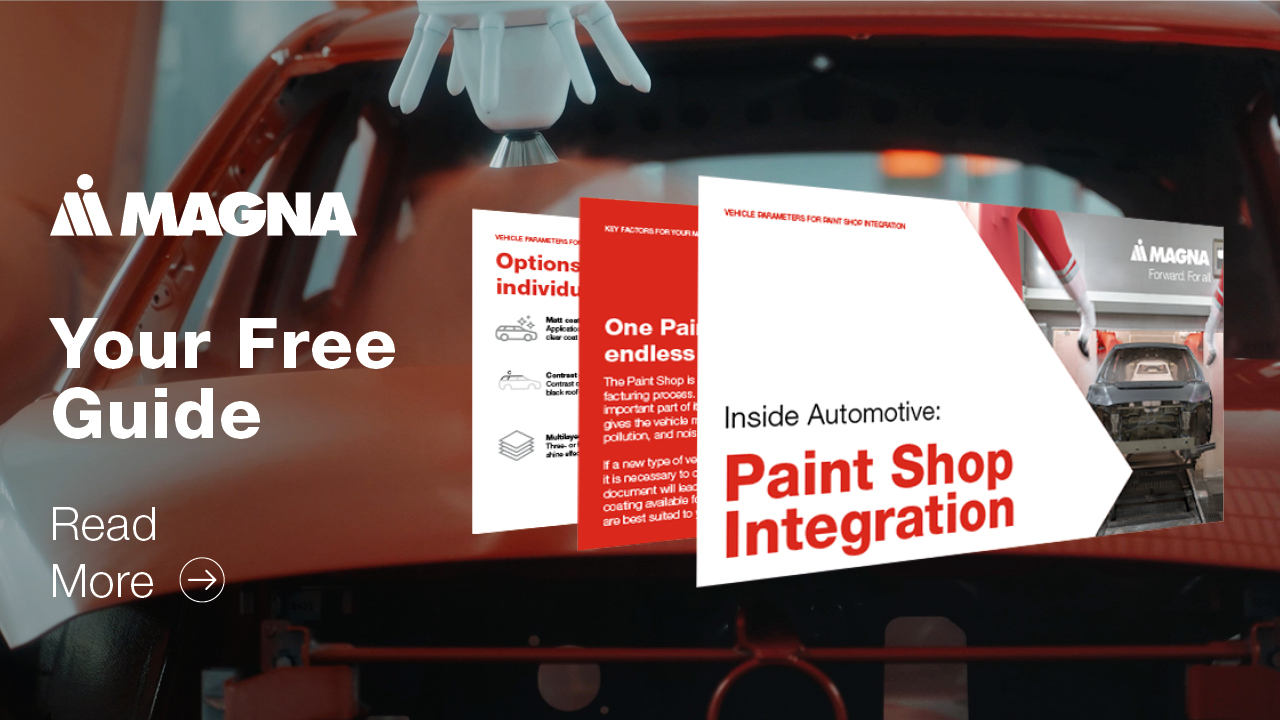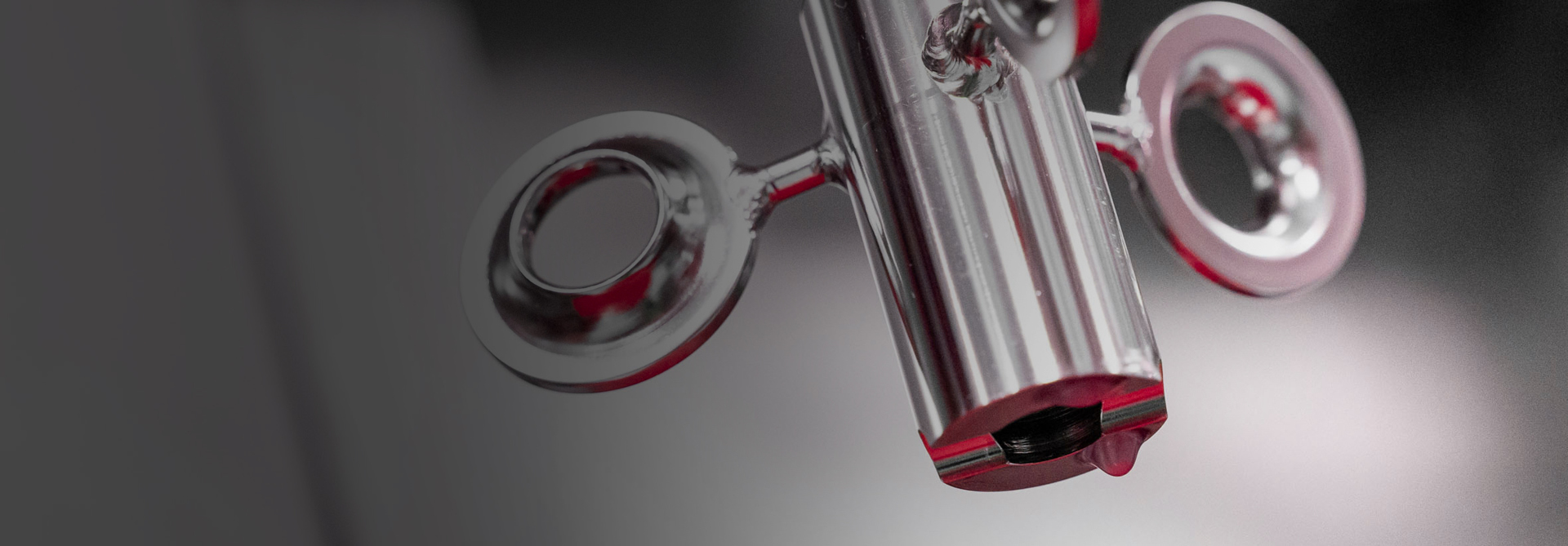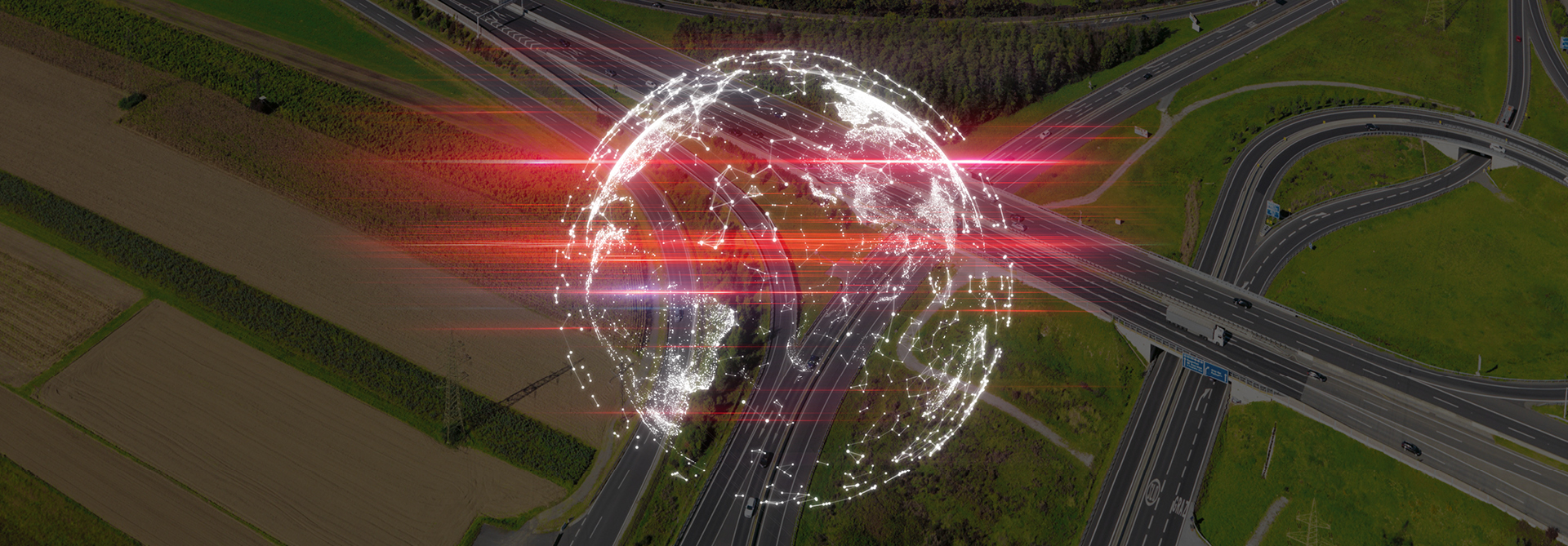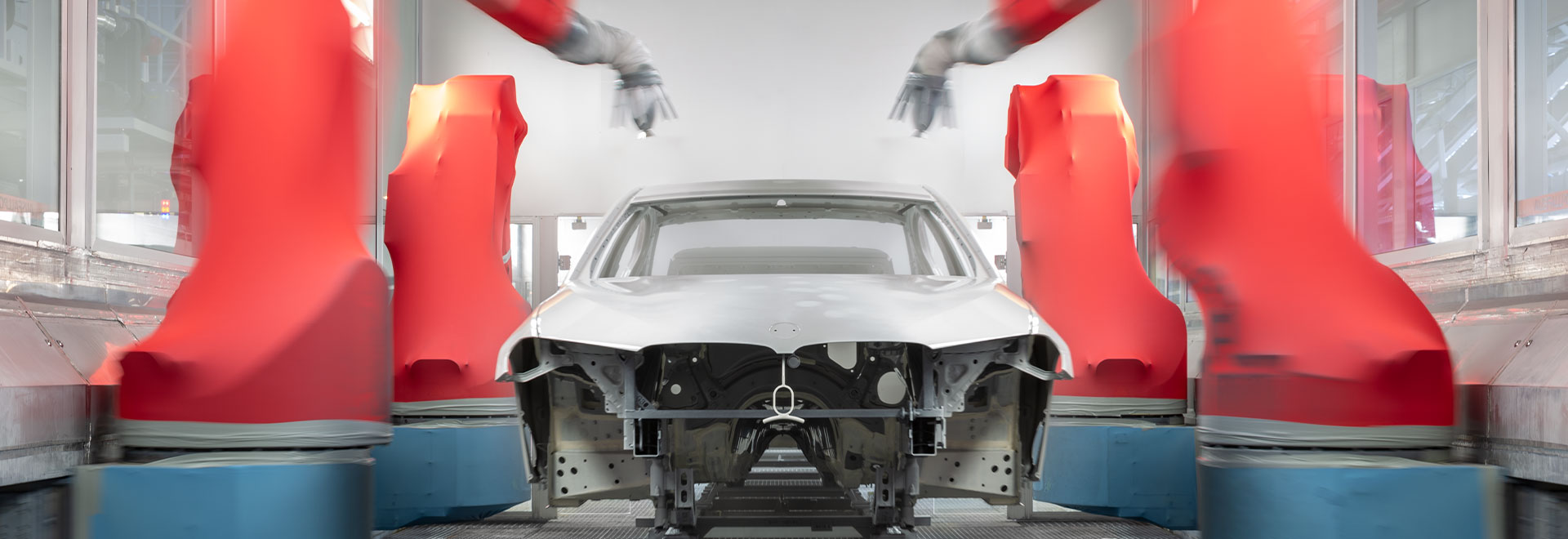
Separate but Shared – Challenges and Solutions in a Multi-OEM Automotive Paint Shop
- Klaus Pirker
- May 06, 2024
- 4-min read
Vehicle painting plays a central role in the production quality of a car. As such, the automotive paint shop is one of the core stations in the production line. For a multi-OEM automotive manufacturer, a paint shop has specific challenges in all its stages – starting with pre-treatment up to the final top coat.
This is because numerous different vehicle series need to run on one painting line – which means flexibility, scalability, and versatility play important roles. However, the overall efficiency and quality control must not be overlooked.
A FLEXIBLE BASIC CONCEPT OF THE AUTOMOTIVE PAINT SHOP IS A MUST-HAVE
For a paint shop to be suitable for as many product series as possible, it first needs to possess a sufficiently high box dimension.
Magna’s painting line in Graz offers ideal conditions for this. Its stations are set out in a way that it can also cover vehicles with above-average body heights and lengths. This way, offroad vehicles can be painted as efficiently as SUVs and minivans at the Magna painting line.
To handle and move such a broad range of car bodies, so-called skids are used in Graz – transport carriages that are fitted with different holders. Pre-assembled mounting brackets are fitted with plug-in or screw-on adapters, which are vehicle-specific and are oriented to the respective mounting points.
In addition, these adapters also even out different body dimensions to set the top-edge of the roof or the parapet height of the bodies from different vehicles onto one uniform level – and not just for purely work-ergonomic reasons.
DIFFERENT SCOPES OF WORK FOR DIFFERENT PRODUCTS
The differing conditions set by the different vehicle manufacturers that Magna produces for all may require different workflows – especially if additional work steps must be carried out for different vehicle projects.
For this reason, the paint shop must be designed in a way that allows the flexible addition and removal of individual workstations. This is the only way that the specific demands of each and every automotive production line can be matched.
Consequently, a modular design of the workstation is highly advantageous. It makes it easier to adapt certain sections of the system specifically for the requirements of individual manufacturers. This way, additional operations or specific processes for specific product lines can be integrated without affecting overall operations.
CAREFUL PLANNING AS PREMISE FOR EFFICIENCY AND QUALITY
Efficiency-oriented planning and coordination of production processes is key in preventing expensive and inefficient set-up times. The singular work steps in the automotive paint shop need to be executed in correct order and timing for the production to run smoothly – despite different production volumes.
To ensure that the different demands of the manufacturers are met without compromising on the quality of the end result, careful coordination between production plan, material flow and resources is needed.
STRICT CONTROL PROCESS FOR MAXIMUM PAINTING QUALITY
A multi-OEM factory has to meet high quality standards, given how it works for many different automotive manufacturers. For every OEM and every project, different paint shop guidelines and specifications need to be fulfilled.
Strict quality controls are an integral and indispensable component of Magna’s paint shop process landscape. To ensure that all specified quality standards are met throughout all operations, regular inspections and continuous testing are firmly integrated into the production process. Likewise, the traceability of any deviations is also ensured at any time.
AN IN-HOUSE CERTIFIED LABORATORY FOR DEVELOPMENT AN CONTROLLING OF MATERIALS
Ensuring adequate quality of each manufacturer’s end product starts with ensuring the quality and composition of the material used – and Magna is also able to ensure this important aspect of a high-quality end result.
In our own certified quality laboratory, tailor-made materials that meet the individual customer’s requirements can be developed in cooperation with the respective suppliers. All essential tests are also carried out there.
This is not just about the paint material itself; for example, Magna can also test the adhesives used for body assembly in the laboratory. This option is attractive for many new entrants, among others, because they may not yet have their own laboratories and would otherwise have to purchase this service externally.
DIFFERENT PROCESSES FOR DIFFERENT CAR BODIES IN THE SAME PAINT SHOP
Magna’s paint shop coats many different types of car bodies. This even includes bodies of mixed construction in addition to 100% sheet steel bodies and 100% aluminum bodies.
Future challenges in this field are found with BEV architecture in particular. The sill area is designed to be especially rigid in battery-powered vehicles, and cast parts are increasingly being integrated into this area to optimally protect both the occupants and the underfloor batteries in the event of a crash. The mixed construction of different materials thus becomes even more complex.
As a result, the requirements are changing for pre-treatment, e-coating (electro-coating), and for the dryer because heating and cooling ramps need to be precisely coordinated and controlled for the thermal expansion of the different metals – aluminum and steel. The bodywork connections and adhesives must also be regarded.
MAGNA’S PAINT SHOP IS SUITED FOR VOLUMES FROM 1 TO 280,000
Magna’s multi-OEM paint shop can do more than coat large-volume products efficiently and of utmost quality. Its process flexibility also ensures a high level of scalability in the case of highly fluctuating production volumes. The ability to cover small volumes and special series down to batch size 1 (for painting prototypes, for example) distinguishes the paint shop at Graz from the OEM’s in-house systems which are geared purely towards serial production.
For these demands, several bypass lines and special workstations are implemented within the flexible paint shop. Here, specific tasks can be executed without impairing serial production.
FLEX TOP COAT CONCEPT FOR SPECIAL AND SMALL SERIES
In the top coat station, the option of feeding in special colors ensures that even small batch sizes and individual items can be painted with the same quality as large volume products. In addition to the 25 ring lines, in which the top coats in the standard colors are kept ready from the usual 300-liter containers, there is also a feed of special colors in 25-liter containers, the so-called hobbocks.
Thanks to the hobbocks, up to eight different special colors can be painted per hour without disrupting the series production process. Movable cleaning pistons in the lines - called the Special Paint Supply - help to minimize paint consumption and rinsing losses.
An upstream masking station also enables a high degree of flexibility for partial surface and contrast coatings that require customized preparation. There are also variation options for finalization: three different clear coats can be applied. In addition to the standard clear coat, a more scratch-resistant coating and a matt clear coat (which is increasingly in demand) are also possible.
BEST COLOR FIDELITY ALSO FOR ADD-ON PARTS FOR SPECIAL EDITIONS
Magna’s paint shop is not restricted to car bodies and sheet metal parts, either. For special editions, plastic add-on parts can be painted in the same paint shop. Car body and add-on parts can be coated consecutively with the same color system from the same hobbock. This way, a perfect match in quality and coloring between car body and add-on parts is ensured. To prevent overstraining of the material, the plastic add-on parts are then brought into an 80-degree drying oven.
This method produces exceptional results in color uniformity and harmony. This is especially true for small- and special-volume series that add-on parts undergoing a separate painting process can hardly match – and particularly for small- and special-volume series where such a quality level is normally unachievable.
MAGNA AS A COMPLETE VEHICLE ONE-STOP-SHOP – EVERYTHING FROM A SINGLE SOURCE
Magna's paint business unit has a very broad, overall vehicle knowledge base – thus, new product lines can be integrated very quickly, conveniently, and cost-effectively for the customer. The paint shop team can draw on experts and focus groups for simultaneous engineering, plant and process planning, vehicle control, equipment design and production, application experts and, of course, a very experienced production team, which simplifies and shortens the integration process significantly.
The wide-ranging and comprehensive in-house expertise covers the entire product development process from concept development and series development to ramp-up and series production.
READY FOR THE FUTURE – WITH MAGNA’S NET-ZERO PROGRAM
During the production of a complete vehicle, around 70% of energy costs incur in the paint shop. It is therefore a major challenge to combine this production area with the Magna NET ZERO program. Magna is committed to the goal of making its entire production process 100% sustainable by 2050.
A transformation process called Paint Strategy 2.0 has already been launched to achieve this goal in the Painted Body division. The process involves creating energy transparency, promoting energy efficiency in the plants, and gradually switching to renewable energies. This will make the paint shop, which has been in operation for 30 years, fit for the future – with the vision of achieving flexibility, competitiveness and sustainability in equal measure.
Stay connected with Inside Automotive!
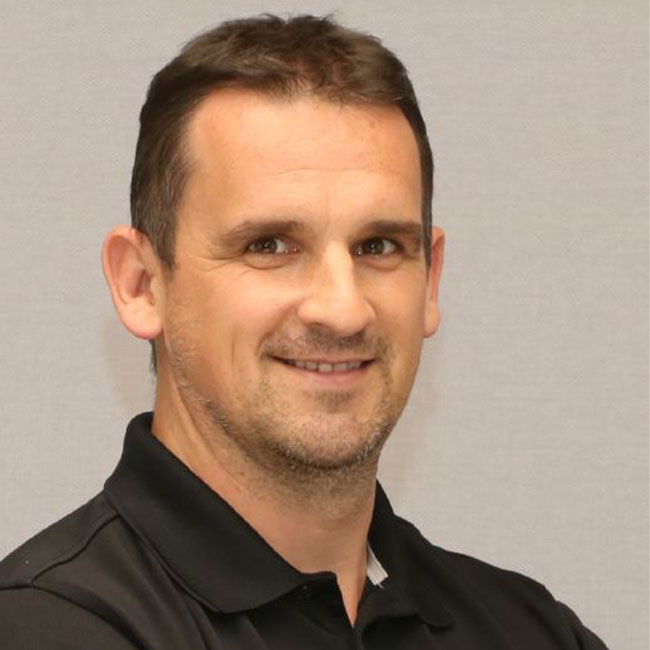
Klaus Pirker
We want to hear from you
Send us your questions, thoughts and inquiries or engage in the conversation on social media.
Related Stories
Stay connected
You can stay connected with Magna News and Stories through email alerts sent to your inbox in real time.
